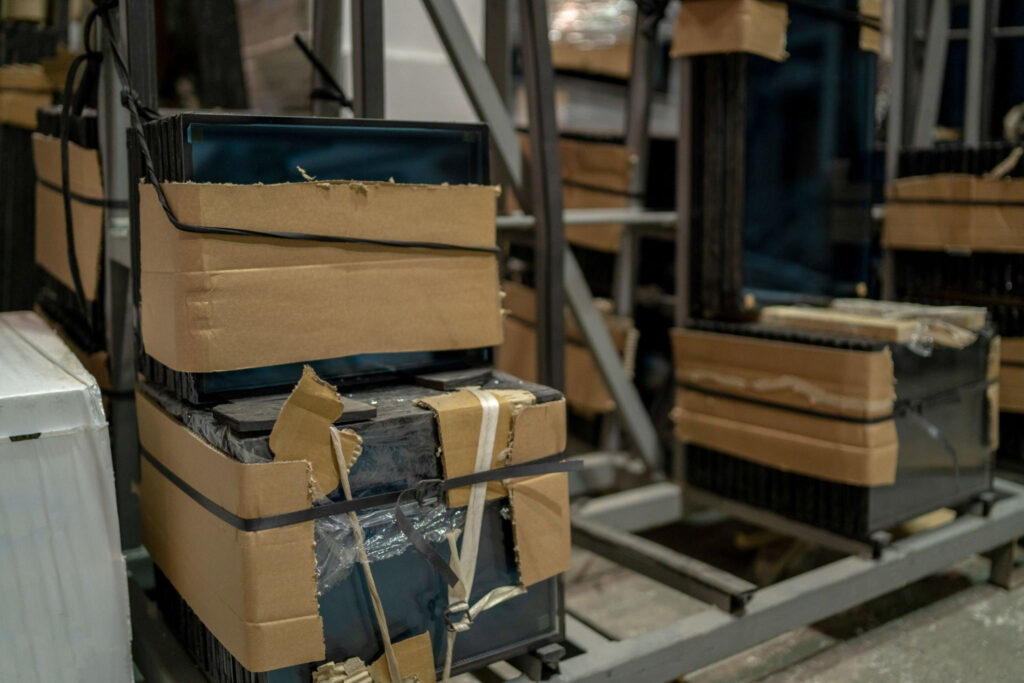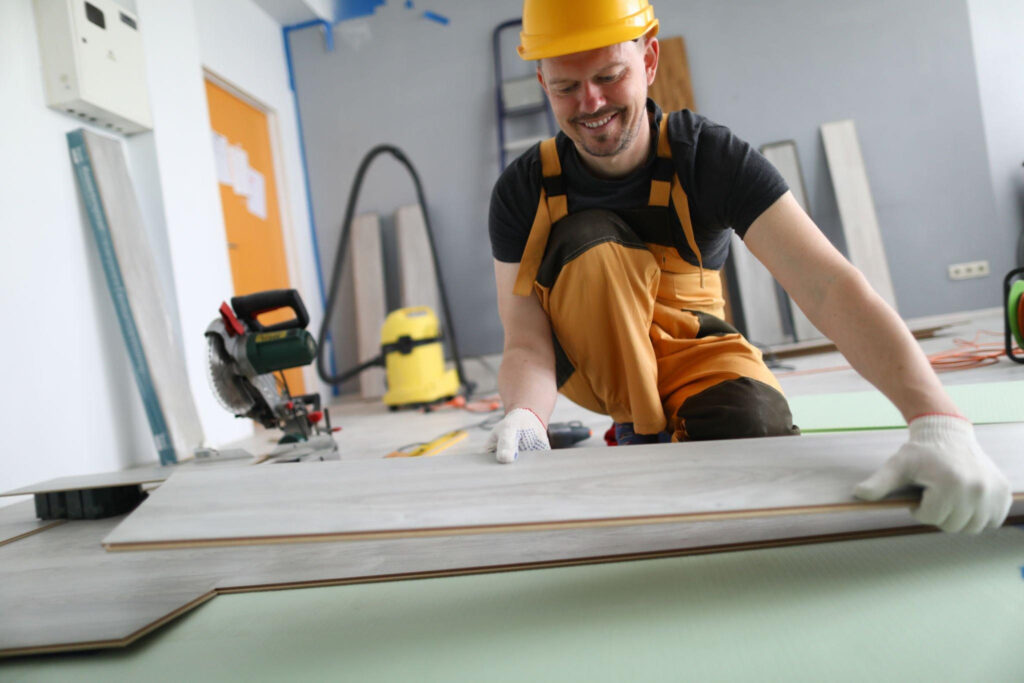
Laminated Glass vs. Tempered Glass: When it comes to selecting the ideal glass for your project, understanding the differences between laminated glass and tempered glass is important. Laminated glass is engineered for safety and security, featuring layers of glass bonded together by a resilient interlayer that keeps it intact even when shattered. The properties of this material make it an excellent choice for applications such as car windshields and hurricane-resistant windows, which require safety and resistance to break-ins. Additionally, its layered structure provides sound insulation advantages, making it ideal for noise-sensitive environments.
Glass is an integral part of modern architecture and automotive design. Laminated and tempered glass are two of the most commonly used types, each with its own set of advantages and disadvantages. When it comes to glass, one size certainly does not fit all. The choice between laminated and tempered glass is necessary, and understanding their unique properties and applications is important. For your glass related projects you can call us at tel:+1 602 300 0851
Check out our high quality glass products here:
What Is Laminated Glass?
Polyvinyl butyral (PVB) is a polymer that is used to hold together layers of glass in laminated glass, often called safety glass. Laminated glass is distinguished by this interlayer, which holds the glass layers together even during shattering to prevent dangerous shards from spreading.
- Safety: Remains intact when shattered for enhanced safety.
- Sound Insulation: Reduces noise transmission effectively.
- UV Protection: Blocks harmful UV rays to preserve interiors.
Laminated glass is commonly used in applications where safety and security are paramount. This includes automotive windshields, architectural glass for buildings, and even bulletproof glass for high-security facilities.
What Is Tempered Glass?
The manufacturing process of tempered glass involves controlled heating and rapid cooling, resulting in stronger and safer glass. Glass that breaks in tempered form shatters into relatively harmless fragments, which reduces injuries.
- Strength: Stronger and more impact-resistant.
- Safety: Breaks into small, safe pieces.
- Durability: Ideal for robust applications.
Tempered glass finds its place in various applications, including shower doors, glass railings, and some automotive windows. Its ability to withstand mechanical stress makes it a popular choice for safety and design.
Laminated Glass VS Tempered Glass
Glass that has been laminated or tempered differs in a number of ways. A variety of features influence commercial building owners’ choices when installing glass on their doors and windows. The main differences between laminated and tempered glass can be summarized as follows.
Composition and Manufacturing
Laminated Glass: Laminated glass is constructed by sandwiching a layer of polyvinyl butyral (PVB) between two or more glass layers. These layers are then bonded together using heat and pressure. The PVB layer is responsible for the glass’s unique properties.
Tempered Glass: Tempered glass, on the other hand, is made by heating regular glass to high temperatures and then rapidly cooling it. This process enhances its strength and durability compared to regular glass.
Contact Us For Unique Products And Services
Strength and Durability
Laminated Glass: Laminated glass excels in terms of durability. The interlayer keeps the glass intact even when shattered, making it highly resistant to forced entry and providing enhanced security.
Tempered Glass: Tempered glass is renowned for its strength. It can withstand significant impact, making it ideal for applications where safety and breakage resistance are vital.
Safety
Laminated Glass: Laminated glass is designed with safety in mind. In the event of breakage, the glass may crack but remains held together by the PVB interlayer, reducing the risk of injuries from sharp glass shards.
Tempered Glass: Tempered glass is also considered safe as it breaks into small, less harmful pieces. However, it does not provide the same level of protection against forced entry as laminated glass.
Sound Insulation
Laminated Glass: Due to its layered construction, laminated glass offers excellent sound insulation properties. It’s an ideal choice for projects in noisy environments or where acoustic privacy is required.
Tempered Glass: While tempered glass can reduce sound transmission to some extent, it is not as effective as laminated glass in this regard.

Applications
Laminated Glass: Laminated glass is commonly used in areas where security and safety are paramount, such as banks, museums, and hurricane-prone regions.
Tempered Glass: Tempered glass is versatile and can be found in applications like shower enclosures, glass tabletops, and residential windows.
Maintenance
- Laminated Glass: Laminated glass is relatively easy to clean and maintain, with standard glass cleaning products.
- Tempered Glass: Tempered glass is also easy to clean but may require more frequent replacement if it sustains damage.
Aesthetics
- Laminated Glass: Laminated glass can be customized with various tints and designs, making it a versatile choice for architectural aesthetics.
- Tempered Glass: Tempered glass, while strong, offers fewer design options and is often used in applications where aesthetics take a back seat to functionality.
Environmental Impact
- Laminated Glass: Laminated glass is considered more environmentally friendly due to its ability to block UV rays, reducing the need for air conditioning and heating.
- Tempered Glass: Tempered glass is recyclable but doesn’t offer the same energy-efficient properties as laminated glass.
Comparative Cost of Laminated Glass VS Tempered Glass
However, it commonly comes at a higher price point due to its complicated composition. On the other hand, tempered glass is celebrated for its strength and safety, as it shatters into smaller, less dangrous piece upon impact. It’s commonly used indoors, in shower enclosures, and in different types of architectural applications. Tempered glass is often more budget-friendly than laminated glass, making it a cost-effective solution for many projects. Ultimately, the choice between these two types of glass hinges on your specific needs, safety concerns, and budget considerations.
Making the Right Choice
When it comes to choosing between laminated and tempered glass, there is no one-size-fits-all answer. Your decision should be guided by the specific requirements of your project.
Consider the following factors:
Security: If security is a top priority, laminated glass is the superior choice.
Strength: When high impact resistance is needed, tempered glass is the way to go.
Sound Insulation: For environments where noise reduction is crucial, laminated glass is the clear winner.
Aesthetics: Both glass types have their unique visual characteristics, so choose based on your design preferen
when choosing between laminated glass and tempered glass, you should prioritize safety, aesthetics, and budget. Both types of glass have their unique advantages and are well-suited to different applications. Assess your specific needs and make an informed decision to ensure the desired functionality and durability of your glass installations.
Conclusion
In the battle of laminated glass vs. tempered glass, the right choice depends on your specific needs and priorities. Laminated glass excels in safety, sound insulation, and aesthetics, making it ideal for high-rise buildings. On the other hand, tempered glass is a cost-effective solution with superior strength, making it a popular choice for residential and automotive applications. Consider your project’s requirements and budget carefully when making your decision.
To get more informational about the laminated glass vs. tempered glass or you have any query. Contact us our professional they must resolve your issue.
Frequently Asked Questions
Generally, yes, laminated glass replacement can be more costly due to its construction and added features.
While you can, it may not be necessary. Laminated glass is usually reserved for specific areas where safety and sound insulation are critical.
While tempered glass is highly resistant to shattering, it is not entirely shatterproof and can break under extreme force.
Laminated glass is more energy-efficient due to its UV-blocking properties, which can reduce cooling and heating costs.
It’s not common to use laminated glass for car side windows due to its cost and weight. Tempered glass is the preferred choice for this application.
